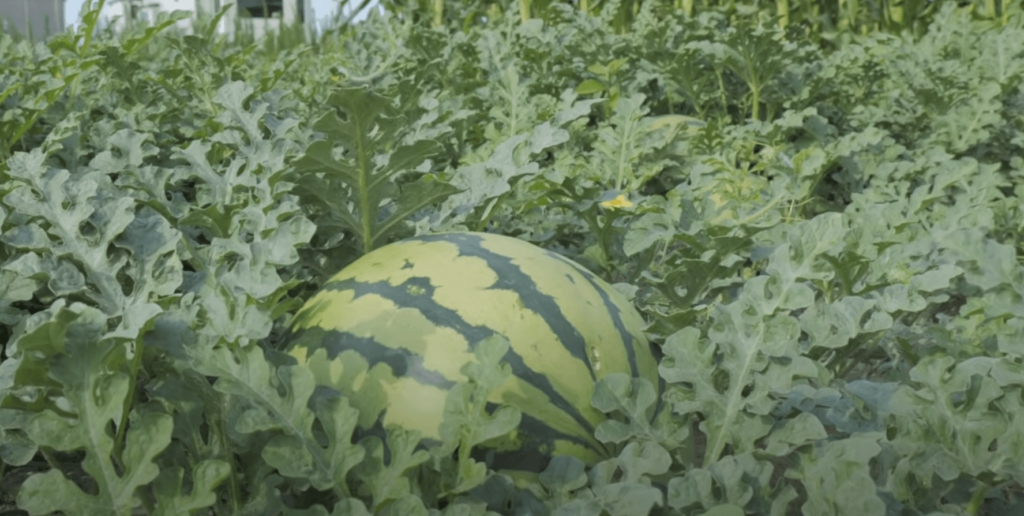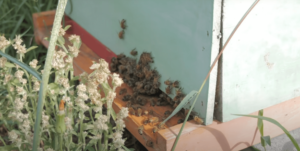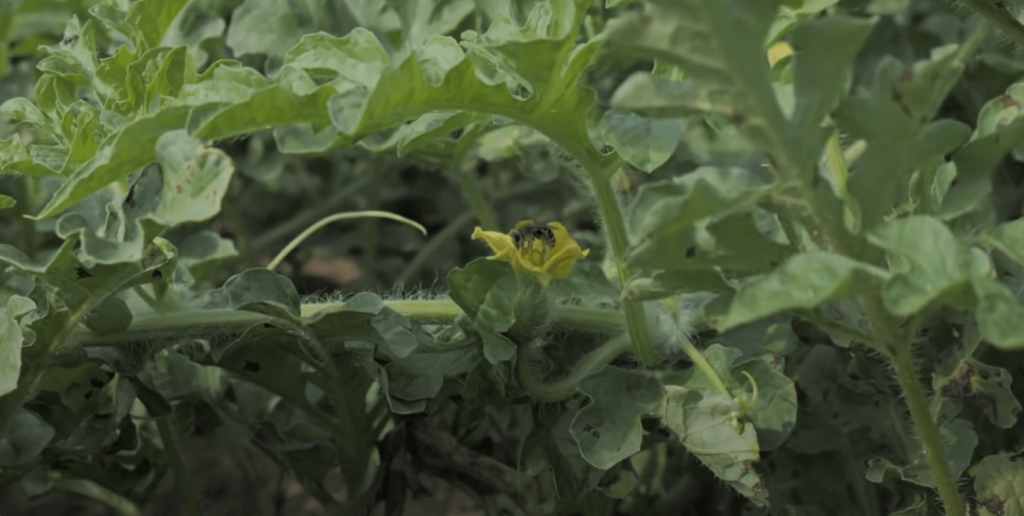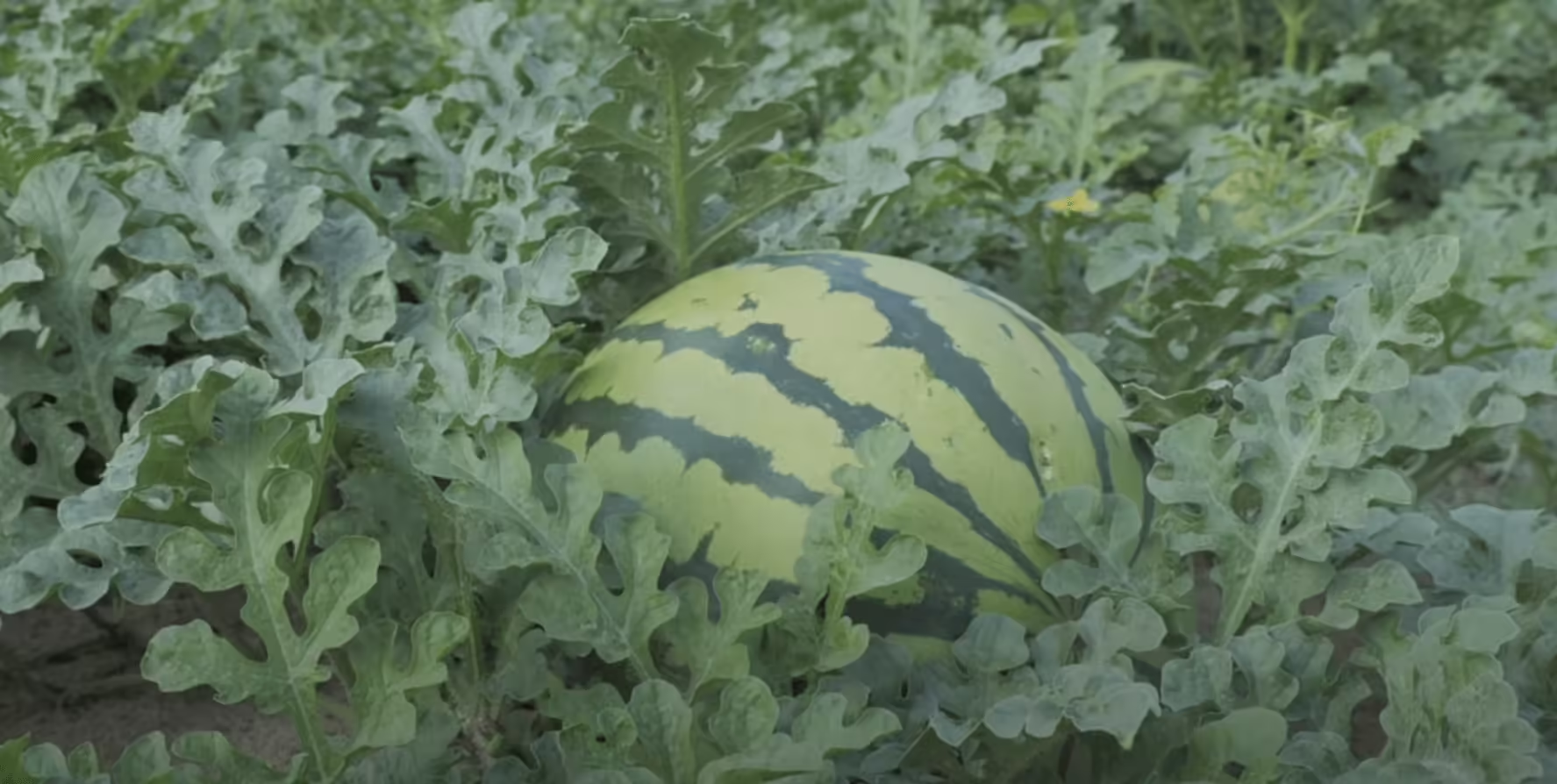Best Soil pH for Watermelon | Growing Big Watermelon
Planting Watermelons on New Ground
The best way to grow watermelons is to plant them on what’s called “new ground” — land that hasn’t been used for farming or gardening in a while. This is super helpful for controlling diseases, especially root-knot nematodes, and for managing weeds. By starting on fresh, unused soil, you’re giving your watermelons a much better chance to grow without running into these common issues early on.
Importance of Using Drip Irrigation
Watermelons have shallow root systems, which makes them prone to diseases if moisture is allowed to gather around the vines. Drip irrigation becomes crucial because it provides water directly to the root system without wetting the sprawling vines. Wet vines are more susceptible to disease, so keeping the moisture confined to the roots is a key to healthy watermelon plants. Moreover, drip irrigation allows you to feed the plants with nutrients through the water system, making it much easier to ensure they are well-fed even after the vines have started running, a stage where it becomes difficult to fertilize them manually. Learn more about Watermelon Production pdf

The Best Soil pH for Growing Watermelons
Watermelons thrive best in slightly acidic soil with a pH range between 6.0 and 6.8. This pH level allows the plants to effectively absorb essential nutrients, promoting healthy growth and fruit development. If the soil pH is too low, meaning it’s overly acidic, key nutrients like phosphorus and calcium can become less available, which may lead to poor plant health and fruit disorders such as blossom-end rot. Conversely, soils with a pH higher than 6.8 can reduce the availability of important micronutrients, hindering overall growth. Regular soil testing is important to ensure the pH is maintained within this optimal range, and if necessary, amendments like lime can be added to raise the pH or sulfur to lower it. By keeping the soil in the right pH range, you set the stage for vibrant plants and a fruitful watermelon harvest.
How to Test Soil pH for Watermelons
Testing the soil pH is an essential step before planting watermelons to ensure the conditions are optimal for growth. There are several methods to test soil pH, ranging from simple DIY kits to more professional testing options.
- Using a Soil pH Test Kit: Available at most garden centers, these kits are easy to use and provide quick results. Simply take a soil sample from different areas of your garden, mix it with distilled water, and use the provided pH indicator to measure the acidity or alkalinity of the soil. The color change in the indicator will correspond to a pH scale, helping you determine if adjustments are needed.
- pH Meter: A digital pH meter is another option that gives accurate readings. Insert the probe into damp soil, and the device will display the pH level. Make sure to test multiple spots in your garden for an accurate overall reading.
- Professional Laboratory Testing: For the most precise results, you can send a soil sample to a professional lab. This method not only provides the pH but also offers a detailed breakdown of nutrient levels and recommendations for amendments, helping you create the perfect soil conditions for watermelons.
Regular soil testing, ideally before every growing season, will help maintain the ideal pH range of 6.0 to 6.8.
Lowering Soil pH for Watermelons
To lower the soil pH for growing watermelons, you can use several methods. Adding sulfur is one of the most effective ways to acidify the soil. Start by conducting a soil test to determine the current pH level and the amount of sulfur needed. Generally, you’ll apply 1 to 2 pounds of sulfur per 100 square feet to lower the pH by about one point. Mix the sulfur thoroughly into the top 6-8 inches of soil and water it well. Additionally, you can use organic matter like pine needles or peat moss, which can help gradually acidify the soil. It’s important to make these adjustments well before planting to ensure the soil pH reaches the optimal range for watermelon growth.
The Best Way to Fertilize Watermelons
Watermelons don’t require large amounts of nitrogen, but they do benefit from a balanced fertilizer. About a week to 10 days before planting, it’s recommended to incorporate a complete organic fertilizer into the soil. This gives the fertilizer time to break down, making its nutrients available to the plants when they are transplanted. Once the watermelon vines are in place, it’s ideal to start feeding them a balanced 20-20-20 fertilizer through the drip system. Watermelons thrive on balanced nutrients, and incorporating micronutrients such as sulfur and boron, which are essential to their growth, is also highly beneficial.
As the vines begin to run, side-dressing with calcium nitrate is vital. Calcium plays a significant role in preventing blossom-end rot, a common problem in watermelons, just as it is in tomatoes. Ensuring the plant gets enough calcium early on helps prevent this issue. Calcium nitrate applied at the right time and continued feeding through the drip system keeps the plants nourished and ensures strong, green growth and healthy watermelon production.
Fighting Blossom End Rot in Watermelons
Blossom-end rot is a common concern when growing watermelons, similar to tomatoes. It’s largely caused by a calcium deficiency in the plant. Starting with a complete organic fertilizer rich in calcium helps prevent this problem from the get-go. Following that with a side-dressing of calcium nitrate provides the plant with the additional calcium it needs. Drip irrigation further assists in delivering this calcium directly to the roots, promoting strong plant growth and preventing issues with the fruit.
Benefits of Pollinators in the Garden

Pollination is a non-negotiable factor in successful watermelon cultivation. Without it, watermelons simply won’t grow. If you don’t have enough natural pollinators, like bees, you will need to supplement them. Honeybees are particularly effective at pollinating watermelons, and it’s important to have a plan in place for them if you want to ensure good fruit development. Many growers don’t plan ahead and end up waiting too long to address this need, but it’s crucial to have a strategy from the beginning.

The Most Important Tips to Be Successful at Growing Watermelons
There are three essential tips for growing watermelons:
- Rotation – Plant on new ground to prevent disease and weed issues.
- Balanced Fertilizer – Use a complete organic fertilizer and maintain a balance of nitrogen, calcium, and micronutrients.
- Pollination Plan – Ensure sufficient pollinators are present, whether through natural means or by introducing honeybees.
